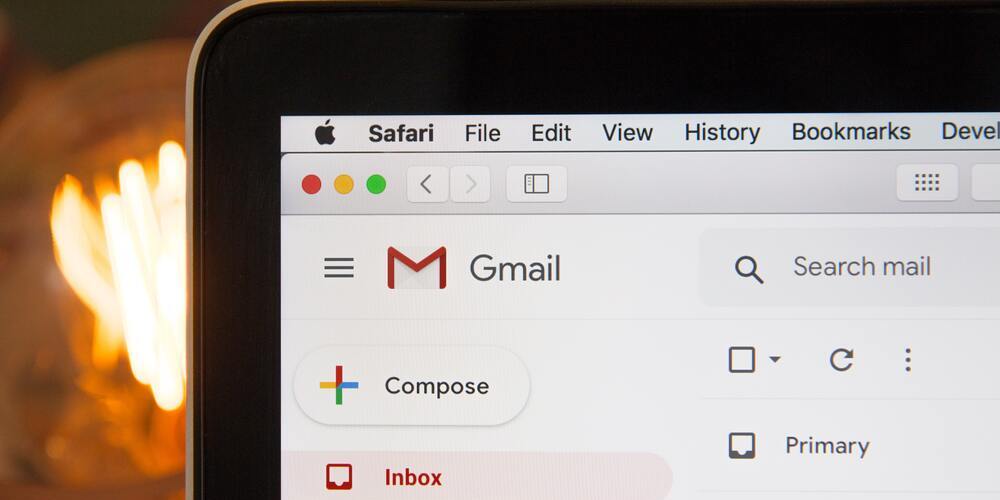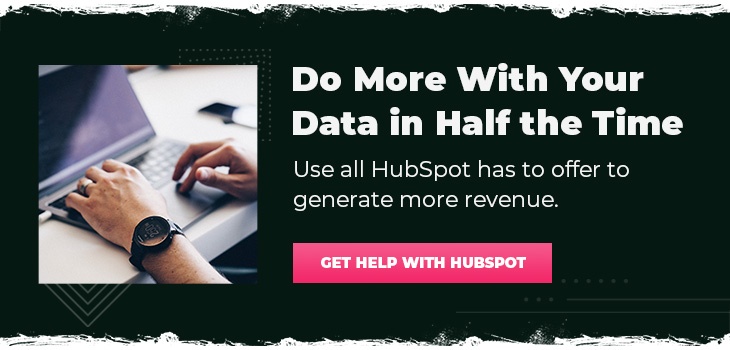I just spent too much energy fixing the caulk in our shower. It seemed like the perfect task for me, someone who delights in creating a smooth line and watching seams disappear. All the videos were fun and soothing. So why then, do I feel like the effort just wasn’t worth the outcome?
Because, just like in marketing, there are no quick fixes in caulking. You have to remove all the old caulk, clean the area and let it dry before you put the new caulk on. Otherwise, it just won’t work. Skipping steps means you’ll end up with folded lines, holes in the seal and maybe even water spots on your downstairs ceiling.
Buying email lists is basically the same thing. I know, hard segue, but it's true. Buying an email list is a way to skip the hard steps in email marketing, but you’re not guaranteeing a good result. In fact, you’re more likely purchasing problems that you’ll have to deal with down the line. Let’s look at a few reasons why buying an email list is never the solution to creating successful email marketing campaigns.
Legal Issues
Purchasing email lists could potentially get you in trouble with GDPR — General Data Protection Regulation. It’s a policy that’s focused on protecting consumer data in the marketplace now that so much information is stored on web-based applications. GDPR is in full force in Europe and has sweeping implications for businesses worldwide.
This regulation requires companies to have permission from subscribers to send them emails. The goal is to help reduce unsolicited emails to a person’s inbox and cause trouble if you didn’t generate your email contacts organically. People from a paid list haven’t given you their permission to send emails, so you’re likely to face email deliverability issues, like ending up in a spam folder, and fines for violating the GDPR.
Another potential risk is violating your marketing software’s terms of use. Reputable providers like HubSpot won’t let businesses send to purchased email marketing lists because it poses a threat to their IP address and the deliverability of all emails sent from it.
Less reputable email marketing service providers might allow you to send emails without permission from the recipient, but the deliverability of the platform will suffer here as well.
You’re a Stranger
Have you ever walked by a kiosk in the mall only to be bombarded with claims about some new, revolutionary product by a salesperson? Some people probably stop (otherwise the kiosk wouldn’t still be there), but most likely you ignore them and keep walking.
Why? Because they’re strangers. And they’re trying so hard to sell you on a product without any prior trust or relationship building. There’s no reason for you to stop and listen because you have no personal connection to their business.
To those people on your purchased list, you’re the kiosk salesperson. They don’t know who you are or how you got their contact information, so they’re likely to delete your email, mark it as spam, or unsubscribe without ever looking at the content. Showing up uninvited and unannounced isn’t a marketing strategy—it’s just a turn off.
👉 Check out our Guide to Getting More Email Engagement
It Could Destroy Your Sending Reputation
You might have heard about your “sending reputation” before, but it probably wasn’t the main topic of conversation. And you probably weren’t that worried about it. After all, you rarely hear about a sender reputation actually tanking, right?
Ruined reputations might not make digital marketing headlines, but they absolutely do happen. I’ve seen it first hand, not with a purchased list but with an old list of emails full of undeliverable addresses or people who didn’t want to receive messages from the sender. That sender’s domain was blacklisted by Google and restoring its credibility was nearly impossible.
The same risk applies to purchased email address lists. You might be sending messages to broken email or inboxes that will automatically mark you as spam. These difficulties with deliverability can have long-term consequences for all your email sends, potentially making it impossible to send even to quality email lists.
They Rarely Convert Business
At the heart of the issue is that purchased email lists is that they’re simply hard to convert into actual business. These aren’t potential customers who entered your funnel through qualified lead generation. They’re more likely another company’s email clients who don’t fit your target audience or match your key demographics and have no reason to want to hear from you. In short, they aren’t leads that will generate a return on investment.
Although the alternatives to paid lists might seem costly, they are a much better long-term strategy for building brand awareness (and a reputation). Plus it gives you a chance to create a meaningful relationship with new customers.
How to Build a Good Email List
There are a whole bunch of strategies for building a quality email list, but there are a couple go-to solutions that most marketers will try every time.
- Create a Lead Generator for Your Website - A pillar of the Inbound Methodology, lead generators are generally some kind of downloadable content that brands offer in exchange for the prospect’s information, including their email address. This could be an ebook, a free printable or some kind of assessment.
- Offer a Spot at an Event - Similar to downloadable lead generators, brands will use things like webinars, workshops or online conferences to gain email addresses of relevant prospects.
- Newsletter Signup - If you send a newsletter, why not offer the ability to subscribe from your site? While it might seem outdated, it still works for many kinds of businesses, especially if your newsletter content is engaging and valuable.
The key with all these tactics is making sure your offer is relevant to the prospects you want. There are probably a ton of free offers you can come up with, but if they don’t draw in the kinds of leads you want, they aren’t worth the effort.
Choose a Long-Term Solution
“Quick fix” marketing tactics rarely work. They’re just as tempting as speeding through a caulking project, but lead to just as many problems too.
Most effective tactics require an investment up front to test aspects of your marketing efforts on your audience and optimize the strategy to convert leads. Your time (and money) would be much better spent investing in inbound strategies to build high-quality email lists or a comprehensive ad strategy to gain access to new prospects.
👉 Keep Reading: Why Email Marketing is Still Important







